How Much Does It Cost to Learn To Sail? (All In)
One of the primary expenses for learning to sail will be tuition for sailing courses. The fees can range from around $500 to $1,500 for a basic sailing qualification. This certification typically covers sailing a sailboat between 25 and 35 feet in moderate winds during the day, allowing you to sail coastal waters with a decent amount of experience.
You can expect to pay around $50 to $150 per hour for sailing lessons. There are groups or package deals that can help lower the cost, and some sailing schools offer discounts like 5% to 15% group discounts, depending on the number of participants, making it more affordable if you plan to learn with friends or family.
Sailing lessons might seem pricey, but there are ways to learn to sail for practically free, such as crewing on someone else's boat, joining a sailing club, or taking online sailing courses. Below, you'll learn more about them, as well as the breakdown of the all-in cost of learning to sail.
Summary
- The cost of a beginner sailing course ranges from $300 to $1,000.
- The cost of initial gear and equipment ranges from $500 to $650 or more.
- Getting a certification can cost anywhere from $500 to $3,000.
- Lodging costs can range anywhere from $100 to $6,000.
- You'll have to account for travel costs separately.
- A more affordable option would be to sail small, lightweight boats (e.g. dinghies) at $300 to $1,000.
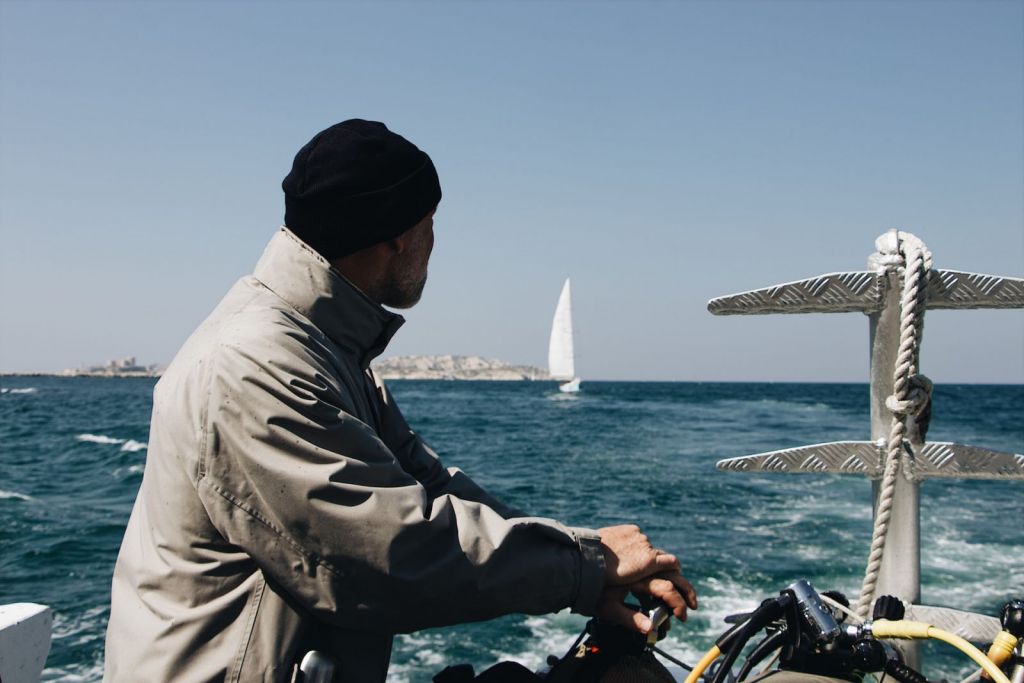
On this page:
How Much You Need to Learn to Sail
| Cost Item | Estimated Cost |
|---|---|
| Lesson fees | $300 to $3,000 (depending on the level of sailing course) |
| Equipment | $690 to $5,850 (life jackets, gloves, sails, ropes, and other gear); $50 to $200 per hour (boat rental); $1,000 to $10,000 (boat purchase) |
| Certification | $500 to $3,000 (depending on the type of certification and the organization) |
| Travel and lodging | $100 to $6,000 (depending on duration) |
Sailing course levels range from beginner to special classes
One of the first expenses you'll encounter is the cost of sailing lessons. Sailing lessons can cost anywhere from $300 to $3,000. It's essential to choose a reputable sailing school to ensure you're receiving quality instruction.
-
Beginner sailing courses are designed for those who are new to sailing. These courses generally start with basic terminology, safety protocols, and essential sailing skills, such as tying knots and understanding wind direction. The cost of a beginner sailing course ranges from $300 to $1,000.
-
Intermediate sailing courses build on the knowledge and skills acquired in beginner classes. You'll learn more advanced sailing techniques, including navigation, sail trim, and weather interpretation. These courses often require a practical sailing exam to demonstrate your skills. The cost of an intermediate sailing course can range from $500 to $1,500.
-
Advanced sailing courses are for experienced sailors seeking to increase their proficiency. In these classes, you'll refine your sailing abilities and learn advanced navigation, seamanship, and offshore sailing techniques. The cost of advanced courses can fluctuate based on the qualifications, course length, and the instructor's experience. The cost of an advanced sailing course can range from $1,000 to $3,000.
-
Specialty sailing classes focus on specific aspects or interests within the sailing world. These courses can include racing, yacht maintenance, catamaran sailing, or even celestial navigation. Prices for specialty classes can differ significantly due to the niche nature of the course and the level of expertise required from instructors. For example, a racing class may cost $500 to $1,500, while a navigation class may cost $300 to $800.
Essential sailing equipment for your sailing lessons
You may need some specific sailing equipment, such as a sailboat, life jackets, gloves, sails, ropes, and appropriate clothing. Expect to spend around $500 to $650 or more on initial gear. Quality equipment will last longer and provide better performance.
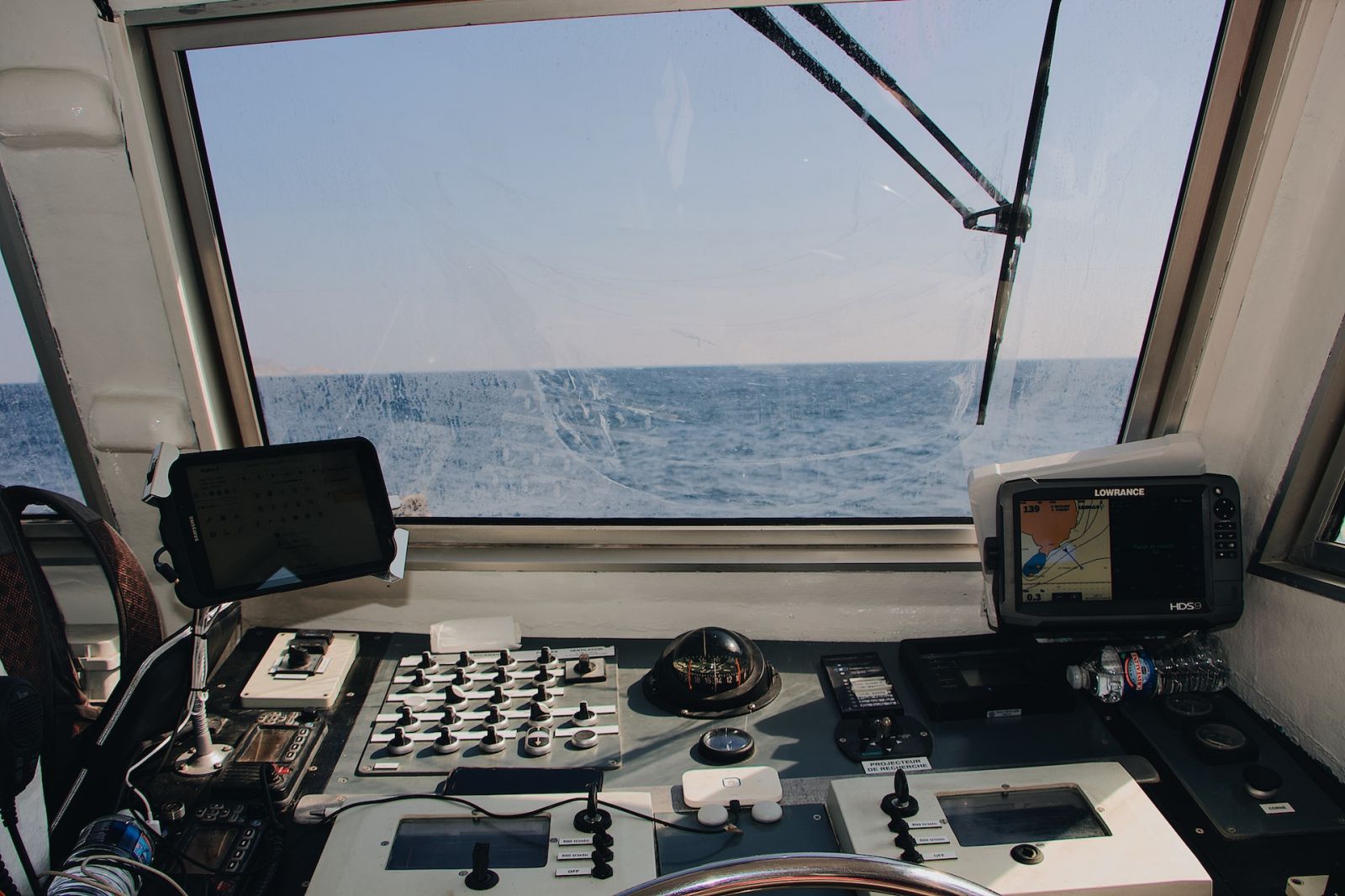
If you don't own a sailboat, you may need to rent or purchase one. The cost of renting a sailboat can range from $50 to $200 per hour, while purchasing a sailboat can cost anywhere from $1,000 to $10,000 or more.
-
Life jackets: Life jackets are a necessary safety item when sailing. The cost of a life jacket can range from $50 to $200, depending on the type and quality of the jacket.
-
Gloves: Sailing gloves are important to protect your hands from blisters and rope burns. The cost of sailing gloves can range from $20 to $50, depending on the brand and quality.
-
Sails: Sails are a crucial part of sailing, and the cost of sails can vary widely depending on the type and size of the sail. On average, a sail can cost anywhere from $500 to $5,000 or more.
-
Ropes: Ropes, or lines, are used to control the sails and the boat. The cost of ropes can vary depending on the length and type of rope. On average, a rope can cost anywhere from $20 to $100.
-
Other gear or clothing: Other gear such as hats, sunglasses, and sunscreen can also be necessary when sailing. Appropriate clothing such as waterproof jackets, pants, and shoes can also be important. The cost of other gear and clothing can vary widely depending on the brand and quality. On average, you can expect to spend anywhere from $100 to $500 on other gear and clothing.
Certification courses and exams
Obtaining sailing certifications, such as those offered by the American Sailing Association, will not only boost your confidence but also open up more opportunities for you to sail. The cost of certification is often included in the tuition fee for basic sailing courses, which can vary depending on the type of certification and the organization providing it. On average, certification courses can cost anywhere from $500 to $3,000.
-
American Sailing Association (ASA) Certifications: ASA offers a range of certifications for sailors of all levels, from beginner to advanced. Some of the certifications they offer include Basic Keelboat Sailing, Coastal Cruising, Bareboat Chartering, and Advanced Coastal Cruising. The cost of ASA certifications can range from $500 to $1,500.
-
International Yacht Training (IYT) Certifications: IYT offers a range of certifications for sailors, including International Crew, International Bareboat Skipper, and International Flotilla Skipper. The cost of IYT certifications can range from $1,000 to $3,000.
-
Royal Yachting Association (RYA) Certifications: RYA offers a range of certifications for sailors, including Start Yachting, Competent Crew, Day Skipper, and Coastal Skipper. The cost of RYA certifications can range from $500 to $2,000.
-
United States Sailing Association (USSA) Certifications: USSA offers a range of certifications for sailors, including Basic Keelboat, Basic Cruising, Bareboat Cruising, and Coastal Navigation. The cost of USSA certifications can range from $500 to $1,500.
Travel and lodging expenses for your sailing lessons
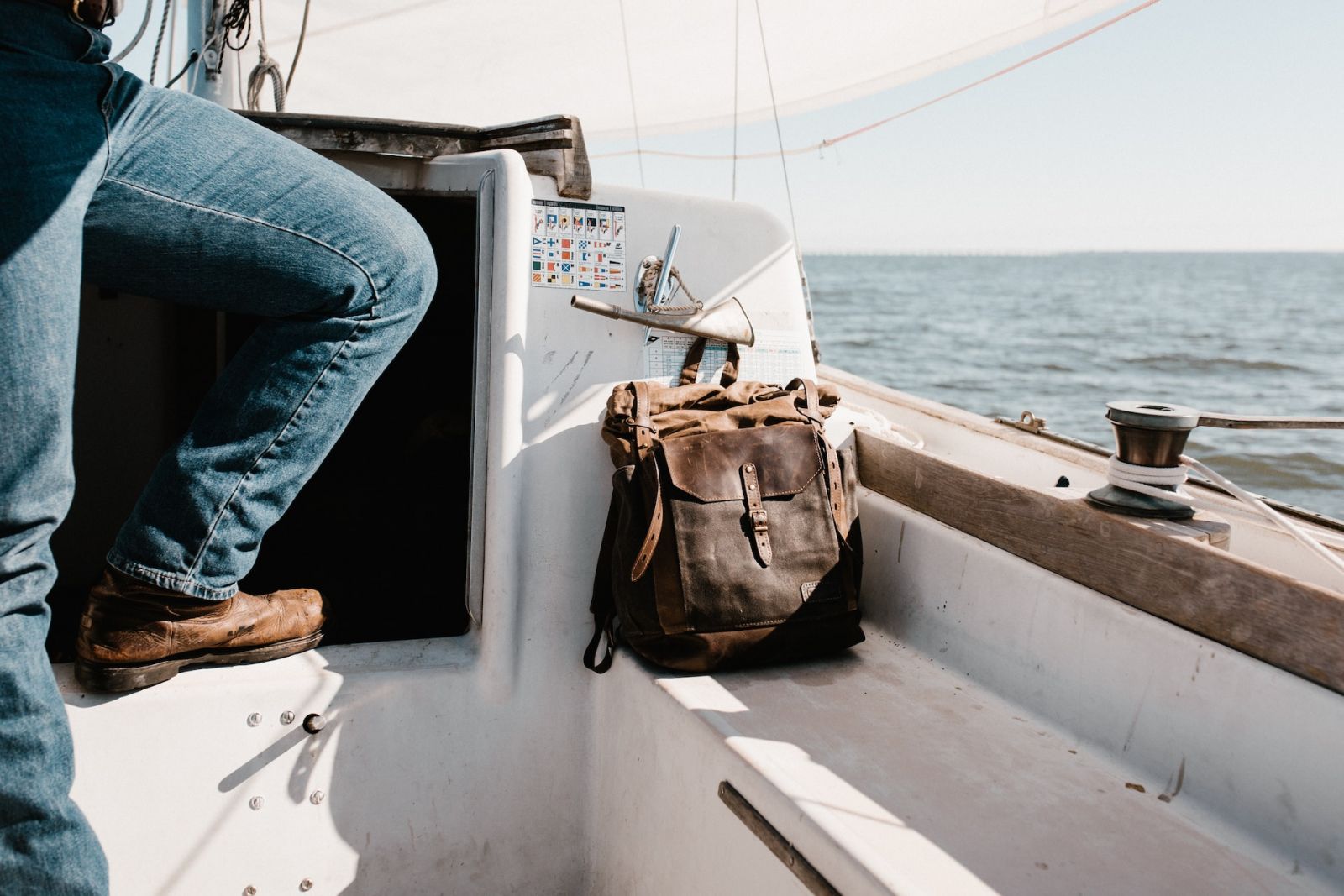
It can be difficult to pinpoint the exact costs of travel and lodging, as they vary based on your personal preferences and the school's location. Travel costs will depend on the location of the sailing school and your place of residence. If the sailing school is located in a different city or state, you may need to account for travel expenses such as airfare or gas, lodging, and meals.
-
Weekend stay: If you're taking a weekend sailing course, you may only need to stay for a night or two. The cost of lodging for a weekend stay can range from $100 to $300.
-
One-week stay: For a one-week sailing course, you'll need to budget for lodging for seven nights. The cost of lodging for a one-week stay can range from $500 to $1,500.
-
Two-week stay: If you're taking a two-week sailing course, you'll need to budget for lodging for 14 nights. The cost of lodging for a two-week stay can range from $1,000 to $3,000.
-
Month-long stay: For a month-long sailing course, you'll need to budget for lodging for 30 nights. The cost of lodging for a month-long stay can range from $2,000 to $6,000.
Other Cost Factors for Learning to Sail
In this section, we will explore the various cost factors, including: location, type of boat, duration, class size, and instructor credentials.
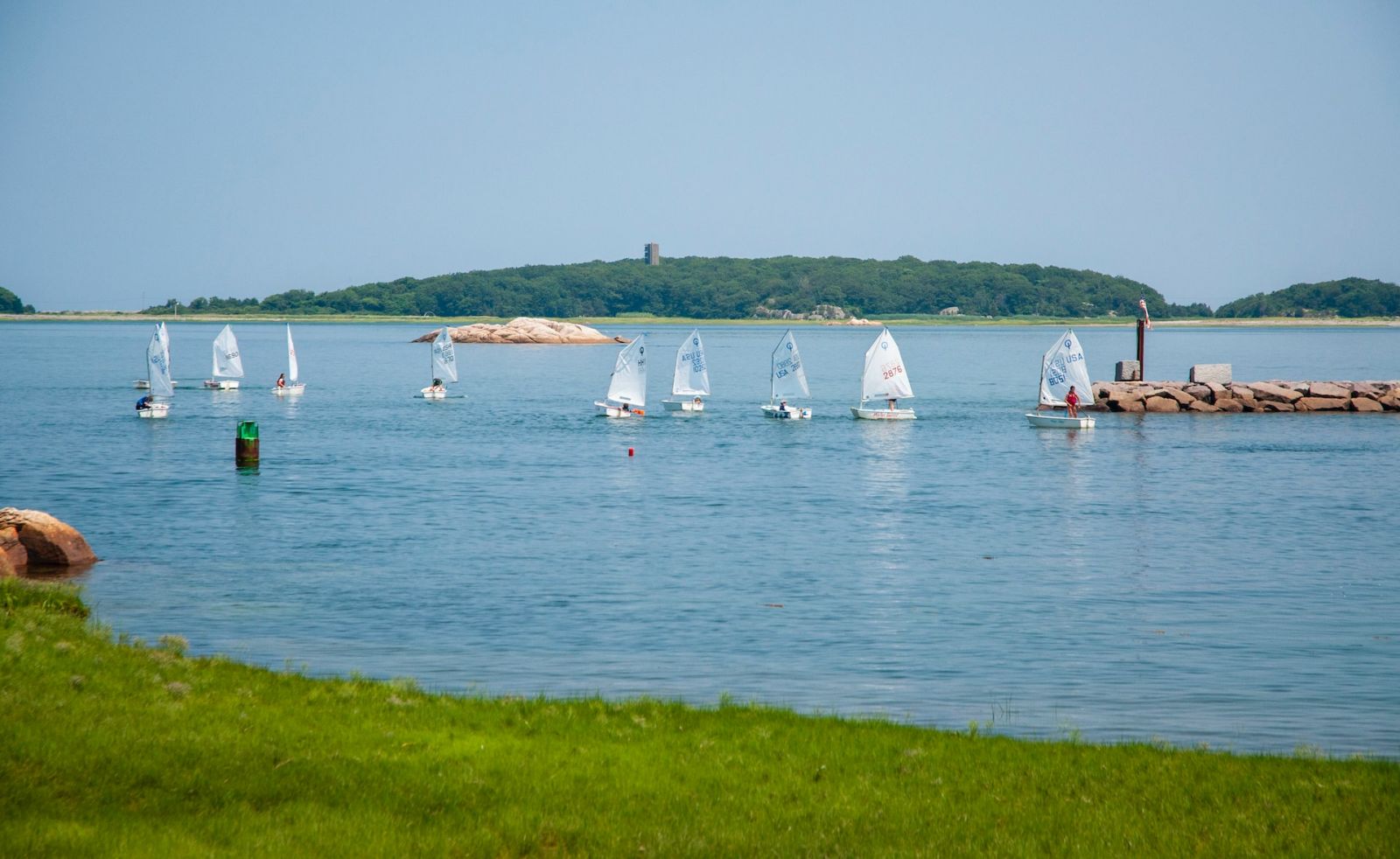
Type of boat you choose to learn on
Larger, more sophisticated boats generally require more advanced skills and greater maintenance, which could lead to higher course fees. Smaller, simpler boats like dinghies might be more affordable options for beginners.
-
Dinghy lessons: Dinghies are small, lightweight boats that are easy to maneuver and ideal for beginners. The cost of dinghy lessons can range from $300 to $1,000.
-
Keelboat lessons: Keelboats are larger boats with a fixed keel that provides stability and makes them ideal for sailing in open water. The cost of keelboat lessons can range from $500 to $2,000.
-
Catamaran lessons: Catamarans are two-hulled boats that are ideal for sailing in shallow water and high winds. The cost of catamaran lessons can range from $500 to $2,500.
-
Yacht lessons: Yachts are large, luxurious boats that are ideal for cruising and long-distance sailing. The cost of yacht lessons can range from $1,000 to $5,000.
Location for where you'll learn to sail
In popular coastal cities or sailing destinations, you might find that courses are more expensive due to higher demand and associated costs such as rent and instructor fees. In more rural areas or smaller towns, courses might be more affordable. You might also need to factor in travel and accommodation expenses if you choose to learn in a different location.
-
Popular coastal cities or sailing destinations: Learning to sail in popular coastal cities or sailing destinations can be more expensive due to the higher demand for sailing courses and the cost of living in these areas. The cost of a beginner sailing course in a popular coastal city or sailing destination can range from $700 to $1,500. Travel and lodging expenses can also be higher in these areas, with the cost of lodging ranging from $100 to $500 per night.
-
Rural areas or smaller towns: Learning to sail in more rural areas or smaller towns can be less expensive due to the lower cost of living in these areas. The cost of a beginner sailing course in a rural area or smaller town can range from $300 to $1,000. Travel and lodging expenses can also be lower in these areas, with the cost of lodging ranging from $50 to $200 per night.
Class size and duration
The length of your course and the size of your class can impact the cost as well. Longer courses provide more in-depth instruction, but can be more expensive. On the other hand, shorter courses might be less costly, but may not cover all aspects of sailing. Classes with fewer students often provide more personalized instruction, but might also have a higher price tag compared to larger, more crowded classes with lower per-student costs.
-
Private lessons: Private lessons are one-on-one sessions with a sailing instructor. The cost of private lessons can range from $50 to $150 per hour.
-
Small group classes: Small group classes typically have 2-6 students per instructor. The cost of small group classes can range from $300 to $1,500.
-
Large group classes: Large group classes typically have 10-20 students per instructor. The cost of large group classes can range from $500 to $2,500.
Instructor credentials
Lastly, the credentials and experience of your instructor can influence the cost of your sailing lessons. Highly qualified instructors, such as those certified by the American Sailing Association, might charge more for their expertise. However, investing in a well-qualified instructor can be an important factor in ensuring that you receive quality instruction and a solid foundation in sailing skills.
-
Beginner instructor: A beginner instructor is someone who has basic sailing knowledge and experience. The cost of learning to sail with a beginner instructor can range from $50 to $100 per hour for private lessons, and $300 to $1,000 for group lessons.
-
Intermediate instructor: An intermediate instructor is someone who has advanced sailing knowledge and experience. The cost of learning to sail with an intermediate instructor can range from $75 to $150 per hour for private lessons, and $500 to $2,000 for group lessons.
-
Advanced instructor: An advanced instructor is someone who has extensive sailing knowledge and experience. The cost of learning to sail with an advanced instructor can range from $100 to $200 per hour for private lessons, and $1,000 to $5,000 for group lessons.
Ways to Save on Sailing Lessons
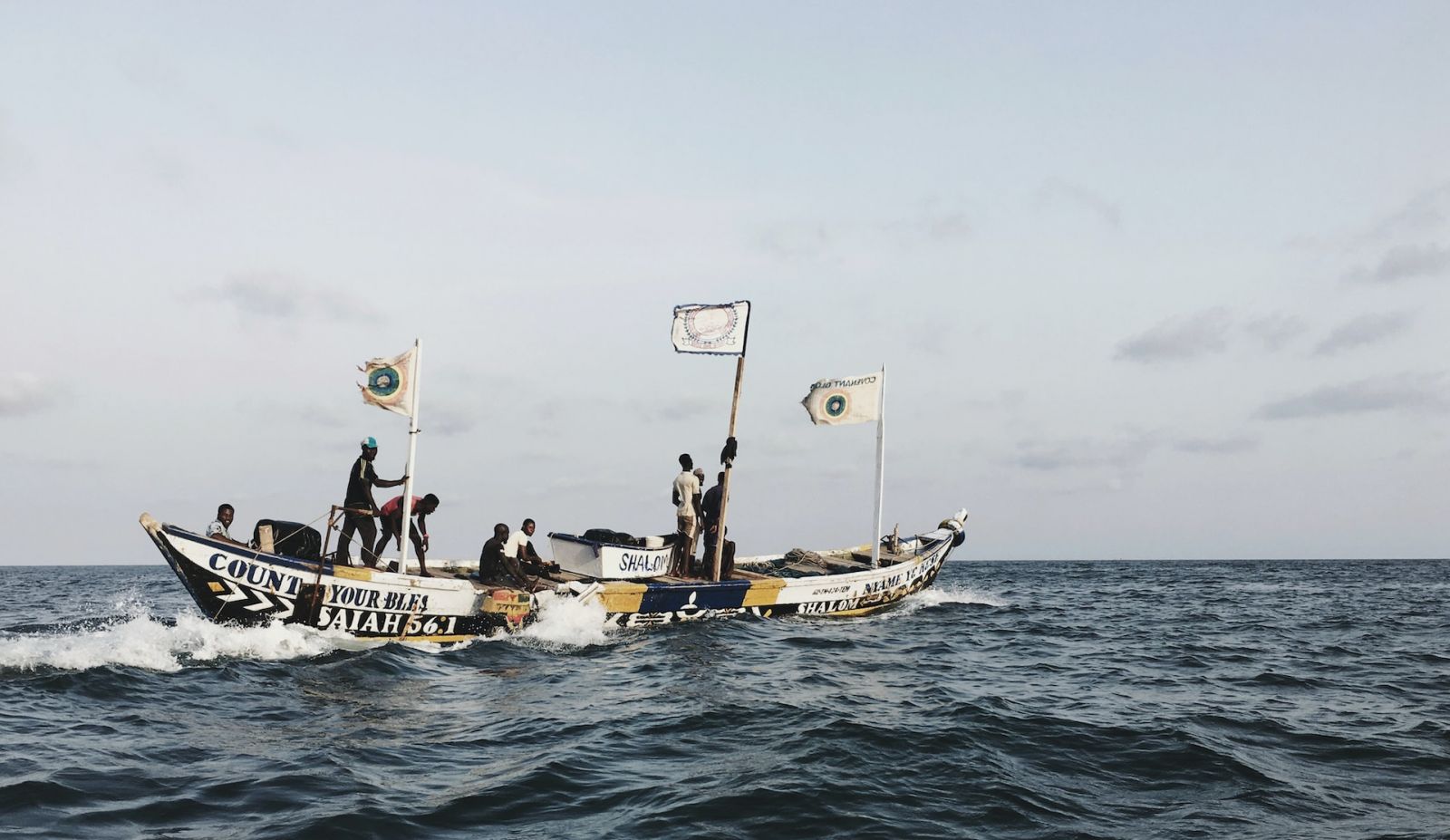
Group lessons: Consider enrolling in group lessons to save on tuition costs. Many sailing schools offer discounts for multiple students, such as 5% off for 2 people, 10% for 3, and 15% for 4. This not only cuts the cost but also makes learning to sail a fun and social experience.
Off-season discounts: Look for off-season discounts at sailing schools. Many schools lower their prices during non-peak seasons, allowing you to learn and practice your skills at a fraction of the regular cost. Keep an eye out for these deals, and plan your lessons accordingly.
Sailing clubs: Joining a sailing club can be a cost-effective way to learn to sail. Sailing clubs often provide access to boats and experienced sailors who are willing to teach you for free or at a reduced cost. Plus, membership usually includes access to a variety of boats, allowing you to practice and hone your skills in different conditions.
Boat rental discounts: Some sailing schools and rental companies offer discount packages for regular customers. By committing to a certain number of boat rentals or lessons, you may be able to save a significant amount on your sailing education. Make sure to inquire about these opportunities when researching schools or rental companies.
Online resources and self-study: Take advantage of free or low-cost online resources, such as NauticEd, which offers two introductory sailing courses at no cost. These resources can supplement your on-the-water experience, allowing you to review and deepen your understanding of sailing concepts at your own pace.
Community-based programs: Check for community-based sailing programs in your area. These programs often provide low-cost or even free sailing lessons to local residents. They're a great way to learn from experienced sailors while supporting your local boating community.
Did you find the answer to your specific question?
👍 0 👎 0
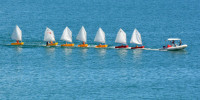



Comments
Paul
Interested in Sophia selling for American Sailing Academy and Key Lime Sailing Club and Cottages both same location Key Largo Florida. Americansailingacademy.com and Keylimesailingclub.com
Leave a comment